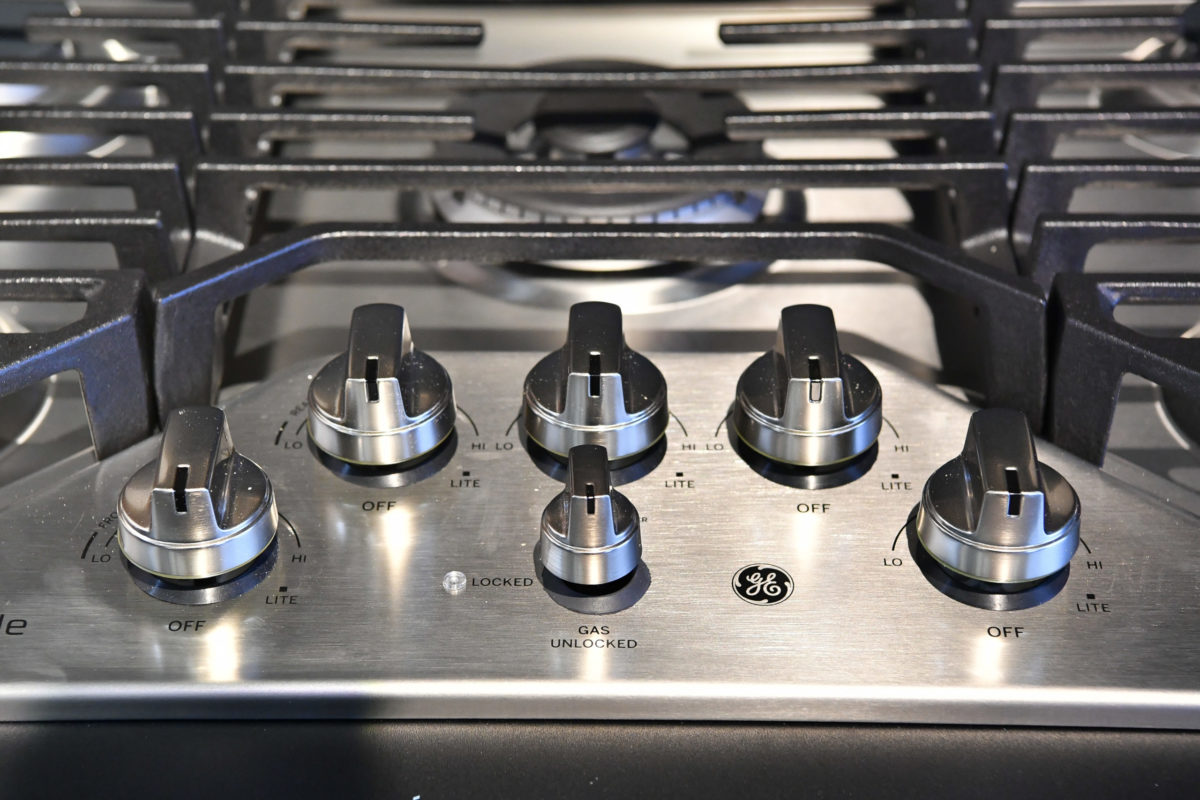As I reflect on an unprecedented first half of 2020, it is abundantly clear that the COVID-19 situation has impacted — and continues to impact — families and businesses all across the country.
There was no handbook for what we experienced, and the constant change left most having to adapt quickly and pivot in ways we never thought of, just to sustain our daily lives. While there have been many challenges to overcome since the onset of COVID, there have also been some inspiring and optimistic stories about those who’ve cared for and donated to our first responders, helped through food bank donations, and even assisted with simple chores for those who needed essential items but couldn’t leave their homes. I am constantly reminded how resilient our country can be and our ability to rise above these challenges.
So how did COVID impact the home appliance business during the first half? The answer to that could depend on who you ask, but there are enough headwinds and tailwinds to go around.
Let’s look at the tailwinds first. While most states entered a shelter-in-place order by March, appliance products and the retailers who sold them were, for the most part, permitted to remain open due to their business being classified as “essential needs.” Rightfully so, as consumers need to keep food cold and clothes and dishes clean. And these products have experienced a significant increase in daily usage due to shelter-in-place.
Throughout this COVID crisis, it has been reported that appliance usage has risen significantly to the tune of refrigerator doors being opened 40% more, cooking increasing 50%, dishwashers being loaded twice as much, and washer and dryer usage up by 22%. Those types of increases in usage will drive demand in both wear-and-tear as well as general awareness of wanting or needing to upgrade existing appliances. I would also humbly argue that for any retailer who demonstrated the ability to pivot and/or already was omnichannel-ready, this reality became a tailwind for them.
With so many consumers sheltering in place, we turned to the internet to do our research and shopping. Those dealers who had websites ready to receive orders thrived the most. Not only were they able to offer multiple ways to shop, but they also could continue engaging with customers through chat and by showing inventory and pricing on their website. Plus, they had the capability to transact online. In fact, we observed both search and online sales grow more than 200% percent during peak weeks in March.
Beyond the website, retailers also showed their ability to adapt by offering contactless curbside delivery and/or continue their in-home services with enhanced precautionary measures with the use of personal protective equipment (PPE).
The headwinds of COVID were harder to take because, unlike the tailwinds, much of the hardship during COVID were events that occurred outside of our control. One key example is the seemingly daily and weekly mounting factory closures due to workers reportedly showing up to work with the virus and/or added precautionary measures for employee safety. Both scenarios left factories at a standstill for weeks at a time. And once they reopened, yields were dropping to 60% – or lower in some cases – as more drastic measures were put in place for employee safety. This ultimately had a cause and effect on the supply chain as all product categories eventually were constrained at some point during the first half of the year.
Other headwinds included overcoming all the government mandates that were put in place around worker safety, and retailers scrambling to update their websites and business capabilities to provide consumers multiple ways to shop (online, chat, by phone, etc.).
Understand that these are very uncertain times, more headwinds and tailwinds are likely to come from this ever-changing situation. One thing that is for certain: Retail will look very different on the other side of COVID-19, but eventually we will get through this and it will be behind us. I wish all of you out there the very best in health, happiness and a prosperous second half ahead.
This article was originally published in the June 2020 issue of Retail Observer.




